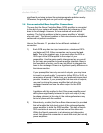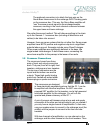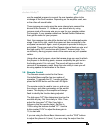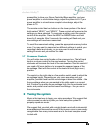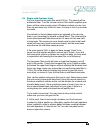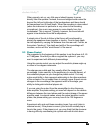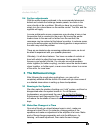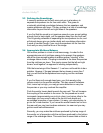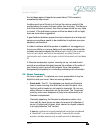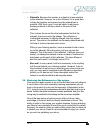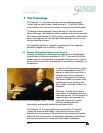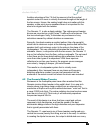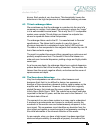
Ver 2.0
17
1717
17
~ÄëçäìíÉ=ÑáÇÉäáíó
2.4 Further adjustments
With the woofer towers positioned in the recommended placement,
behind and outside the midrange tweeter panels, low bass in the
room should not be a problem. Should you have too much bass,
simply turn the volume down on the remote control. Too little, and the
opposite will apply.
In some problematic rooms a resonance may develop at one or two
frequencies that is unnatural to the music. By moving the woofer
towers closer to the rear wall or farther from the rear wall, the
resonance may be reduced at the listener’s position. In extreme cases,
moving the entire system so that the listening position is asymmetric in
the room may solve the problem.
There are no absolute rules concerning problematic rooms, so do not
be afraid to experiment with your speaker placement.
Ultimately, it is all about balance. You have a number of controls at
hand with which to adjust the bass response, the low-pass filter
frequency and woofer volume. You can also move the speakers
closer together (for better coupling), and also move the woofer towers
closer together, or further apart, or even move them closer to a corner
of the room, for more bass.
3 The Refinement stage
After following the rough setup guide above, you may not be
completely satisfied with the results. We share with you here some of
our detailed observations in setting up these loudspeakers.
3.1 Running-in the System
We often make the mistake of setting up a “cold” system, and then be
disappointed when the system breaks in. For all Genesis
loudspeakers, we recommend the use of the IsoTek Full System
Enhancement and Rejuvenation Disc (www.isoteksystems.com). This
will reduce the hundreds of hours of run-in time needed to a couple of
days.
3.2 Make One Change at a Time
One rule of thumb you should always keep in mind - make one
change at a time! Do not, for instance, change position of the
speakers and make an adjustment to the amplifier all at once. Make
each of these changes separately and note the difference - by
listening - with each adjustment, then make the next change.




